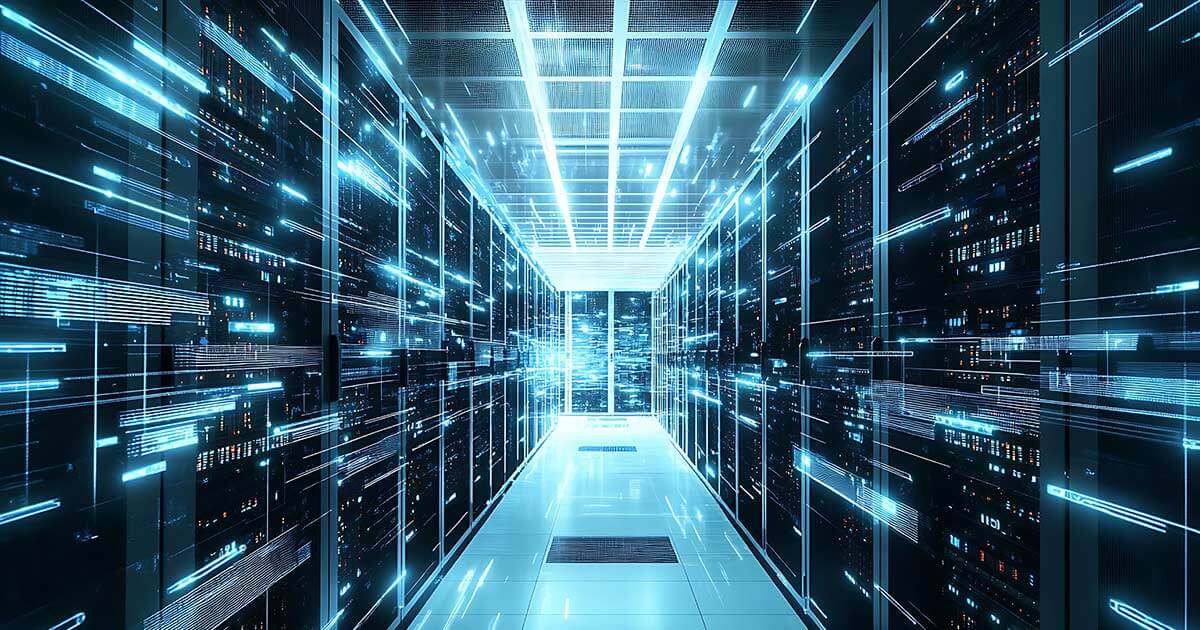When to Push and When to Flow in SEO
  |
There are two seemingly contradictory approaches to life success. Okay, there are more like four billion approaches and possibly even more contradictions, but follow along with me anyway.
The one school of thought says that those who find the most success in life are those who push their way up the mountains of adversity. They’re the fighters. The never give-uppers. The try-try-againers. We’ll call these the type As.
Alternatively, you’ll find those who argue that success comes to those who go with the current flow. They’re the adapters. The que-sera-seras. The feel-it-outers. These will be our type Bs.
Of course, as we all know, it really takes both. And in the business world, as in life, SEOs are best positioned for success if they consider when to forge the path ahead and when to ride the wave.
But before I continue, please know what I’m not talking about. Pushing your way toward success isn’t about being inflexible or exhausting. And going with the flow isn’t about giving up or not trying. Oh, I guess that is what I’m talking about. Success in life and business isn’t rooted in extremism. It’s about fitting the approach to the situation. Too simple? Well what about in the following sticky situations of search engine optimization?
- Online marketing
- Customer relationships
- Working with other departments
- FAQ: When should I employ SEO strategies for optimal results?
In Online Marketing
When Twitter came around in 2006, who knew it would explode into the booming utility it is today? But today we can see the gap between the early adapters, like Dell and Zappos, and those who joined the party late. It’s worth noting that it’s never too late to jump in.
But it gets tricky when the type As are fighting against the current. Social media isn’t going anywhere. The Rupert Murdochs of the world — those who are desperate to fit the new media peg into the old media hole — are likely going to do their business a disservice.
On the other side of the coin we see businesses so quick to jump on the bandwagon and engage the audience that they start their efforts before doing their homework. They may not realize that there’s a back-and-forth element required of social media, or that you don’t have to throw your hands up when faced with a reputation nightmare sparked by an angry and chatty customer.
In Customer Relationships
All SEOs realize that they’re doing double duty when optimizing a site. They’re working to appease two audiences of the site — the search engine and the human user. Pleasing the search engine is certainly rewarding, but a spider isn’t going to convert. The customer is the key.
So it’s almost unimaginable that sometimes we get blinders on and fall into the trap of type A SEO extremism. Optimizing only for search doesn’t account for the many other resources available to improve and develop online marketing efforts aimed at people. Analytics data acts as valuable Web intelligence that can inform the way you speak to customers. And usability should be a consideration since it’s people, after all, that must comfortably navigate the site at the end of the day.
Our type Bs, meanwhile, might succumb to data overload. Someone can sift through analytics ’til the sun sets, but action and implementation has to happen before anything faces the customer. Getting wrapped up on the findings revealed from customer data is tempting, but a push has to be made to act on it.
In Working with Other Departments
SEO relies on the cooperation of many other departments — IT, marketing, branding, PR, the list goes on. And buy-in at the highest levels is required before fruitful relationships are formed and search engine optimization becomes a true consideration of the business.
It’s long been said at search conferences that SEO should be involved from the very beginning of any online project. The reason why is because the cost of retrofitting a site for SEO is much higher than if it’s built in from the beginning. But, care should be taken when pushing the search engine optimization agenda without any give and take. It’s a fast way to alienate team members, whose cooperation and SEO relies on.
At the other extreme, a type B is going to run into trouble when it comes to SEO evangelism. Not all businesses have bought into why search engine optimization could work for them. In that case, it takes persistence and a passion to educate before the bonds of understanding are made.
As with all things, there’s a time and a place to push hard for search engine optimization interests and there’s a time to follow the current to the next tactic or approach. Don’t be so hard-headed that you miss the next big thing. Don’t be so malleable that you never commit to anything. And don’t be afraid to swim upstream or float downstream when the situation calls for it.
Find your SEO balance: Forge ahead when needed, ride the waves when suitable—navigate the currents of success with our agency’s tailored strategies. Let’s talk.
FAQ: When should I employ SEO strategies for optimal results?
SEO (Search Engine Optimization) remains the bedrock for online success. Employing SEO strategies can greatly influence the visibility, traffic, and overall performance of your website. At its heart lies an essential question – when to apply SEO strategies in order to achieve optimal results? As an experienced SEO practitioner, I can offer guidance and insights that help maximize SEO’s potential.
Understanding the SEO Landscape
The SEO landscape is dynamic, and the timing of your SEO efforts can significantly impact your outcomes. Here’s a guideline on when to employ SEO strategies for optimal results:
- At the Website’s Inception: Ideally, SEO should be integrated from the very beginning. Building your website with SEO in mind sets a strong foundation for future success. This includes optimizing your site structure, URL hierarchy, and ensuring it’s mobile-friendly.
- Prior to Website Launch: Before launching your website, conduct thorough keyword research to understand your target audience’s search behavior. Incorporate relevant keywords into your content and meta tags.
- Regular SEO Audits: SEO is not a one-time effort. Periodically audit your website’s SEO performance to identify areas for improvement. This can be done on a monthly or quarterly basis.
- Major Content Overhauls: Whenever you plan significant content updates or redesigns, SEO should be part of the strategy. Ensure that your content aligns with the latest SEO best practices.
- Competitive Analysis: Keep an eye on your competitors. If you notice a drop in your search rankings or if they implement new SEO strategies, it’s a sign that you should adapt as well.
Effective SEO Implementation
To fully answer the question of when to employ SEO strategies, it’s essential to understand the effective implementation of these strategies. Focus on the following:
- Content Quality: High-quality, valuable, and relevant content is the cornerstone of SEO. Regularly publish fresh, engaging content to keep your audience engaged and search engines satisfied.
- On-Page Optimization: Ensure that your content is well-structured with proper headings, meta descriptions, and alt tags for images. Also, maintain an ideal keyword density without over-optimizing.
- Technical SEO: Regularly check for technical issues such as broken links, slow page speed, and mobile-friendliness. Fix any issues promptly to maintain a healthy website.
- Link Acquisition through Quality Content: By publishing high-quality content as we mentioned above in number 6, you open yourself up to people who will be more receptive to linking to your own website. Establishing yourself as an authority in your niche in this manner can help pay dividends for you in this way.
- Monitor Performance: Utilize tools like Google Analytics and Google Search Console to monitor the performance of your SEO efforts. Analyze data to make informed decisions for improvements.
Employing SEO strategies for optimal results is an ongoing process. Knowing when and how to implement SEO is vitally important when launching or revitalizing a website. Start early, be consistent, and adapt quickly as SEO changes over time. No one solution fits all goals or target audiences alike – following these guidelines will ensure that your SEO efforts contribute towards building long-term success online.
Step-by-Step Procedure for Optimal SEO Results
- Start Early: Incorporate SEO considerations from the inception of your website.
- Keyword Research: Conduct thorough keyword research before the website launch.
- Regular Audits: Perform periodic SEO audits to identify areas for improvement.
- Content Updates: Plan SEO strategies for major content updates or redesigns.
- Competitive Analysis: Adapt to competitor SEO strategies as needed.
- Quality Content: Focus on high-quality, relevant, and engaging content.
- On-Page Optimization: Ensure well-structured content and proper metadata.
- Technical SEO: Regularly check for and address technical issues.
- Acquire Links: Get high-quality backlinks from solid sources through your own quality content.
- Performance Monitoring: Use analytics tools to monitor SEO performance and make data-driven decisions.
This article was updated on November 28, 2023.
26,000+ professionals, marketers and SEOs read the Bruce Clay Blog
Subscribe now for free to get:
- Expert SEO insights from the "Father of SEO."
- Proven SEO strategies to optimize website performance.
- SEO advice to earn more website traffic, higher search ranking and increased revenue.

One Reply to “When to Push and When to Flow in SEO”
An interesting post. I suppose its all to do with balance at the end of the day, you need the drive and ambition to push ahead, but also the ability to evaluate and see what is happening around you – and the same could be true for your SEO!
LEAVE A REPLY









